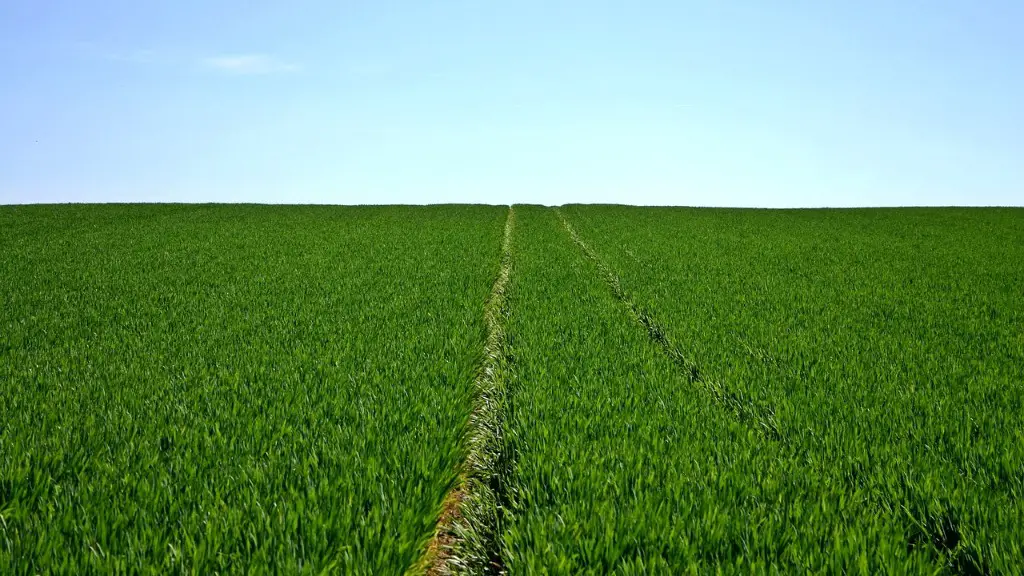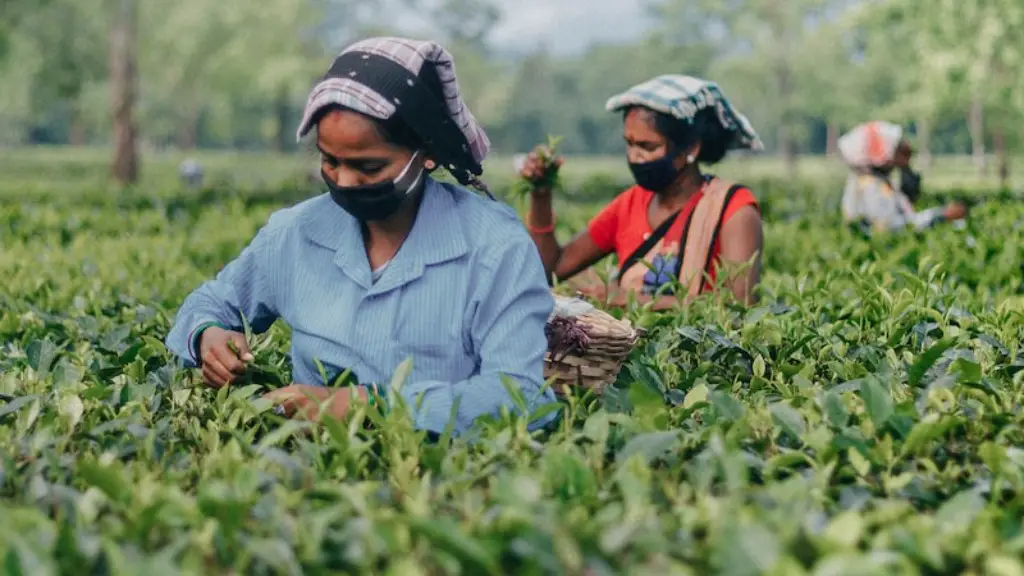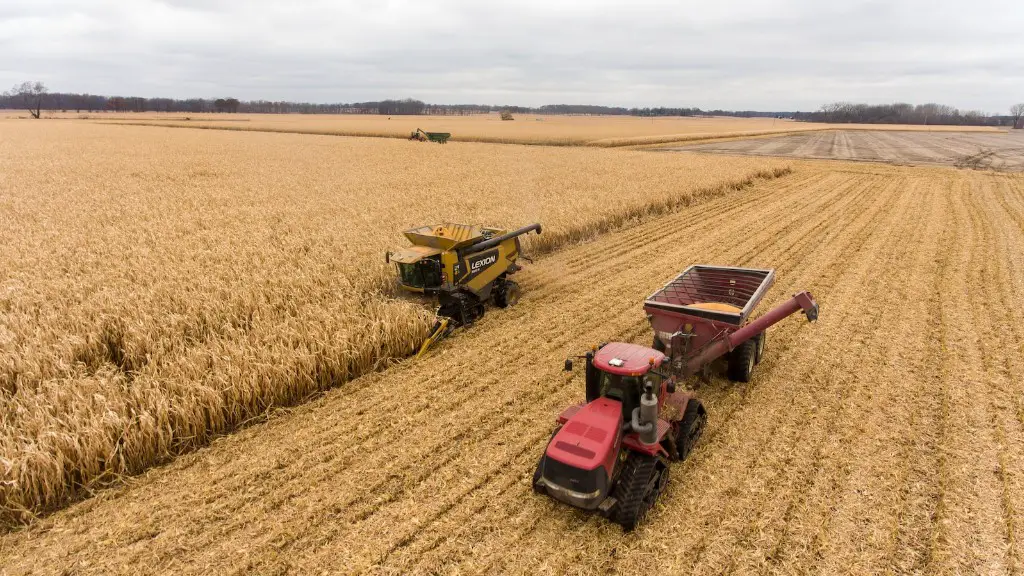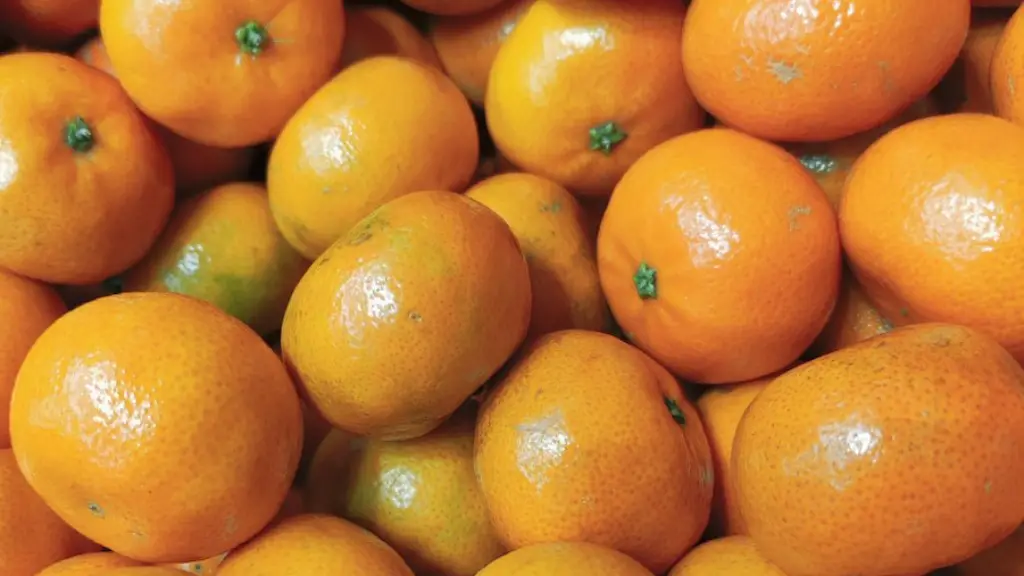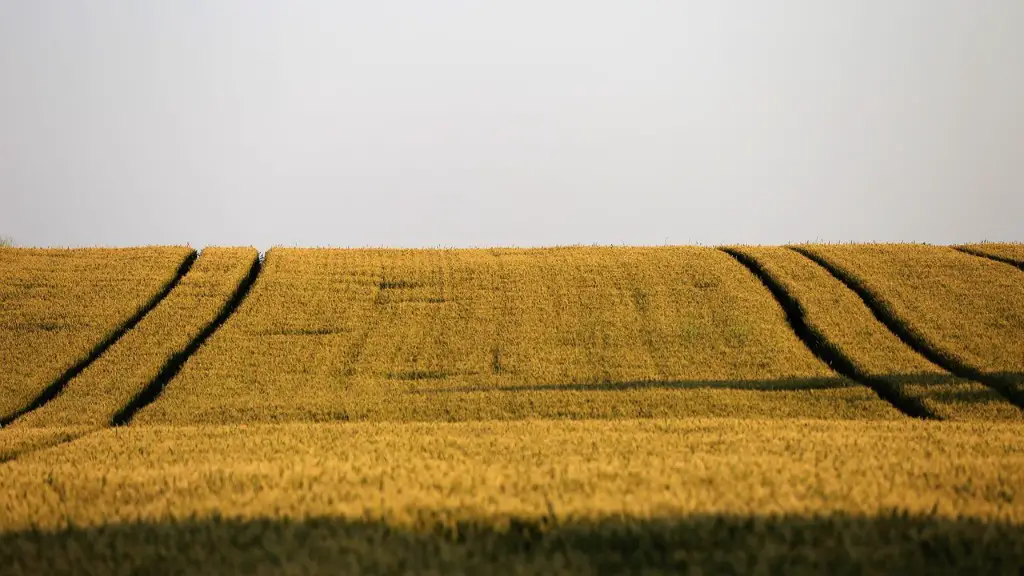Climate change is one of the most significant challenges facing agriculture today. It threatens the productivity of our farms and the quality of our food. It is a threat to the very way we grow and raise our animals.
To meet this challenge, we need to better understand how climate change affects agriculture. We need to develop new technologies and practices that can help farmers adapt to a changing climate. And we need to support farmers as they make the transition to more sustainable, climate-friendly production systems.
Climate change affects agriculture in a number of ways. One is through changes in temperature. For example, higher temperatures can lead to increased evaporation, which can dry out soils and make it difficult for crops to grow. Additionally, extreme weather events such as floods and droughts can become more common and more severe as the climate changes, making it difficult to grow crops consistently. Additionally, changing pest patterns can pose a challenge to farmers, as pests may be able to survive in warmer climates or may move into new areas where they were previously not a problem. All of these factors can make it difficult for farmers to produce food, which can lead to higher prices and food insecurity.
How does climate change impact agriculture?
Climate change has the potential to disrupt food availability, reduce access to food, and affect food quality. For example, projected increases in temperatures, changes in precipitation patterns, changes in extreme weather events, and reductions in water availability may all result in reduced agricultural productivity. This could lead to higher food prices, reduced food availability, and reduced food quality. It is important to be aware of these potential impacts of climate change and take steps to mitigate them.
Climate change is already having an impact on agriculture in the United States. Flooding is becoming more common in agricultural regions of the country, as a result of increased precipitation and sea level rise. This flooding can damage crops, inundate farmland, and lead to increased soil erosion. In addition, higher temperatures and changes in precipitation patterns are causing droughts in some areas, while causing excessive growth in others. These changes can make it difficult for farmers to predict yields, choose which crops to plant, and know when to plant them. As a result, climate change is expected to have a significant impact on the future of agriculture in the United States.
How does climate change affect agriculture and economy
Climate change is expected to have a negative impact on crop yields, with major commodity crops like corn, rice, and oats expected to see lower yields than in a future without climate change. Rising temperatures and carbon dioxide concentrations may increase some crop yields, but not enough to offset the negative impacts of climate change.
Climate change is one of the main drivers of world hunger. As the global temperatures and sea levels rise, the result is more extreme weather conditions such as heat waves, droughts, floods, cyclones and wildfires. These conditions make it difficult for farmers to grow food and for the hungry to get it.
What is the relationship between climate and agriculture?
Climate change is already affecting agriculture in a number of ways. As average temperatures rise, we see changes in rainfall patterns and an increased frequency of extreme weather events like floods and droughts. These changes can lead to soil erosion and make it more difficult for crops to thrive. We also see changes in the types of pests and diseases that affect crops, and changes in the nutritional quality of some foods. As atmospheric carbon dioxide levels rise, plants may become less efficient at taking up nutrients from the soil. All of these factors underscore the importance of developing resilience to climate change in the agricultural sector.
Factory farming is one of the biggest contributors to climate change, releasing vast quantities of greenhouse gases into the atmosphere. These gases trap heat and contribute to the warming of the planet, which in turn causes more extreme weather conditions and devastating effects on ecosystems.
Factory farming needs to be stopped in order to help mitigate climate change and protect our planet. There are many ways to do this, such as supporting small-scale farmers and investing in sustainable agriculture. We need to act now before it’s too late.
How does climate change affect agriculture and water?
If temperatures increase, the demand for water for evapotranspiration by crops and natural vegetation will also increase. This will lead to more rapid depletion of soil moisture, which could lead to more frequent crop failures. Therefore, it is important to be aware of changes in both temperature and rainfall patterns in order to minimize the risk of crop failure.
There is a growing movement to shift away from large-scale, conventional farming in favor of more sustainable methods. Sustainable agriculture focuses on using renewable resources, conserving energy, and protecting the environment. It also emphasizes the importance of healthy soils, food safety, and animal welfare. While sustainable agriculture is often seen as a low-tech, low-yield alternative to conventional farming, it is increasingly being recognized as a viable option for producing food in a way that is environmentally responsible and economically viable.
What is the most problem in agriculture
The loss of agricultural land and the decrease in the varieties of crops and livestock produced are two of the most major problems in agriculture. These problems can be caused by many factors, such as the conversion of agricultural land to other uses, the loss of traditional knowledge and skills, and the over-reliance on a few crops or livestock.
Agriculture is the leading source of pollution in many countries. Pesticides, fertilizers and other toxic farm chemicals can poison fresh water, marine ecosystems, air and soil. They also can remain in the environment for generations.
The use of toxic chemicals in agriculture is a major contributor to environmental pollution. Pesticides and fertilizers can contaminate water sources, air and soil. They also can persist in the environment for years, causing long-term damage to ecosystems.
There are a number of ways to reduce the use of toxic chemicals in agriculture. One is to switch to organic farming methods. This means using natural pest control methods and avoiding the use of synthetic pesticides and fertilizers. Another way to reduce the use of toxic chemicals is to use more efficient application methods, such as precision farming. This helps to target chemicals only to areas where they are needed, minimizing waste and exposure to the environment.
What are 3 challenges facing agriculture in the future?
The farmers and livestock producers are feeling uncertain about the agricultural trade, tax reform, and the new farm bill. These are three major issues that they are facing. They are not sure what is going to happen with these things, and it is causing them stress.
The extent of arable land is largely determined by environmental factors such as terrain, climate, soil properties, and soil water. Crops need space to grow, sufficient light, warmth, and moisture. Soils must be of sufficient depth with sufficient drainage, texture, and chemical and fertility properties. All of these factors must be considered when determining the extent of arable land.
What are the 5 major consequences of agriculture
Agriculture has a huge impact on the environment. Five of the most significant environmental effects of agriculture are soil fertility loss, eutrophication of water bodies, deforestation, climate change and pesticide pollution.
Soil fertility loss is a major problem caused by agriculture. It occurs when the nutrients in the soil are depleted more quickly than they can be replaced. This can lead to a decline in crop yields and eventually to soil that is too impoverished to support crops at all.
Eutrophication of water bodies is another serious environmental effect of agriculture. It occurs when nutrient-rich runoff from farmland enters rivers and lakes, causing an overgrowth of algae and other aquatic plants. This can lead to reduced oxygen levels in the water, which can be harmful to fish and other aquatic creatures.
Deforestation is another major environmental effect of agriculture. It occurs when forests are cleared to make way for farmland. This can lead to soil erosion, loss of biodiversity and climate change.
Climate change is another significant environmental effect of agriculture. Agriculture contributes to greenhouse gas emissions, which are a major cause of climate change.
Pesticide pollution is another environmental effect of agriculture. Pesticides can pollute the air, water and soil, and can
Soil quality, water quality, climate, and terrain are just a few of the environmental issues that may impact profits and productivity for farmers in any given growing season. To mitigate these risks, farmers need to have a good understanding of the local conditions and be able to make informed decisions about seed selection, crop rotation, livestock grazing, and other management practices.
What are the two main problems of agriculture?
We need to be very careful with our water use, as irrigation of agricultural crops comprises a huge percentage of global water consumption. Additionally, agriculture is a significant contributor to greenhouse gas emissions, through activities like cattle farming. If we expand agricultural land, it can lead to even more environmental damage, including loss of biodiversity. We need to be mindful of these issues in order to protect our planet.
The pandemic has led to widespread shortages in the supply chain, which has had a ripple effect on farmers and ranchers. These bottlenecks have made it difficult to find machinery parts and transport commodities, leading to inflation and spiking farm production costs. The situation is unlikely to improve in the near future, so farmers and ranchers will need to be creative in finding solutions. One possibility is to form cooperatives to pool resources and share information. In this way, they can weather the storm and come out stronger on the other side.
Conclusion
Climate change does indeed affect agriculture, as increased temperatures and changes in precipitation can lead to droughts, heat waves, and other extreme weather events that can be detrimental to crops and livestock. In addition, rising sea levels can lead to saltwater intrusion and flooding, which can also have a negative impact on agriculture.
It is projected that climate change will have a number of impacts on agriculture including alterations in crop patterns, timing of planting and harvesting, and increased pest and disease pressure. These changes will likely have a negative impact on crop yields and the quality of food produced. In addition, the increased frequency and intensity of extreme weather events is expected to cause more crop losses. All of these impacts will have profound implications for food security and the livelihoods of farmers and other food system actors.
